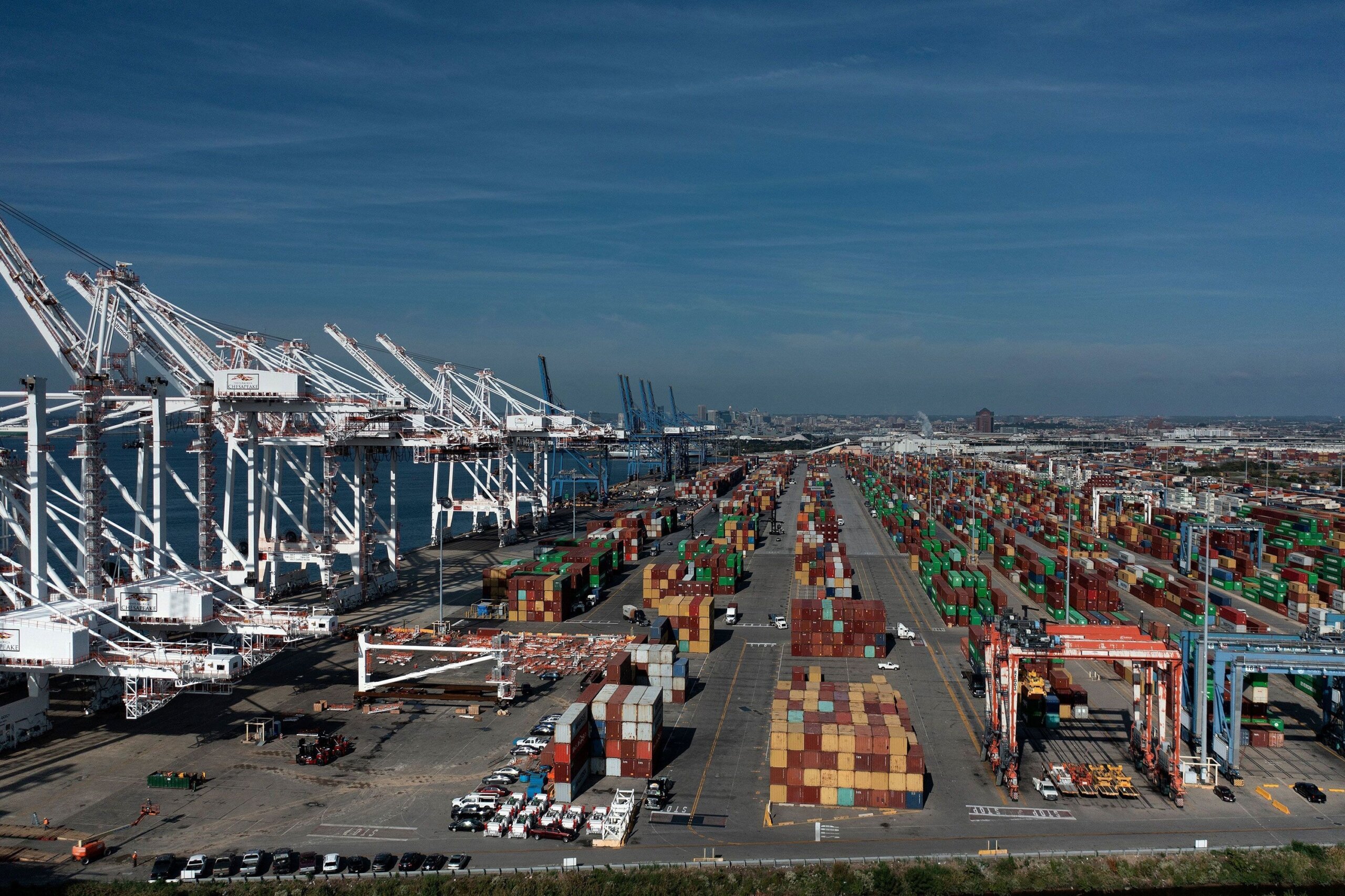Longshore Workers Prepare for Historic Strike: What It Means for the U.S. Economy
Longshore workers at ports stretching from Maine to Texas are gearing up for a significant strike set to commence early Tuesday morning. This potential work stoppage could become one of the most disruptive labor actions to impact the U.S. economy in decades, with far-reaching consequences for consumers and businesses alike.
The Scope of the Strike
Scheduled to take effect at midnight, the strike threatens to halt the movement of a vast array of goods through nearly all cargo ports along the East Coast and Gulf Coast. This includes essential items such as bananas, European wines, clothing, toys, household goods, and even parts critical for U.S. manufacturing. The International Longshoremen’s Association (ILA), representing approximately 85,000 members, is at the forefront of this labor action, while the United States Maritime Alliance (USMX) represents the shipping lines and terminal operators involved in the negotiations.
The Players in the Negotiation
The USMX, which comprises major foreign-owned shipping lines and port authorities, is currently in a standoff with the ILA. While the union claims that around 50,000 of its members are covered by the contract, the USMX contends that only about 25,000 workers are actively employed at the ports. If the strike proceeds as anticipated, it will effectively shut down operations at three dozen locations across 14 port authorities, creating a ripple effect throughout the supply chain.
Economic Implications
The potential fallout from this strike is significant. A prolonged work stoppage could lead to shortages of both consumer and industrial goods, driving prices higher at a time when the economy is just beginning to recover from pandemic-induced inflation. The disruption could also impact U.S. factories reliant on parts shipped through these ports, potentially leading to temporary layoffs and further economic instability.
Key Ports and Their Importance
Among the ports affected is the Port of New York and New Jersey, the third-largest port in the nation by cargo volume. Other critical ports include Port Wilmington in Delaware, known for its banana imports, and the Port of Baltimore, which handles a substantial volume of auto imports. The Port of Charleston is also vital, as it exports SUVs manufactured at BMW’s South Carolina factory.
Statistics highlight the importance of these ports: nearly 90% of imported cherries, 82% of hot peppers, and 80% of imported chocolate enter through these facilities. Additionally, 80% of imported beer, wine, whiskey, and scotch, as well as 60% of rum, are processed at East and Gulf Coast ports.
Historical Context
The last strike involving the ILA at these ports occurred in 1977, and since then, labor relations have remained relatively stable. This stability has allowed East Coast ports to gain market share from their West Coast counterparts, which have historically faced more contentious labor disputes.
Union and Management Positions
The ILA has indicated that it will continue to handle military cargo during the strike and that passenger ships will not be affected. However, the majority of cargo operations will be disrupted. The USMX has labeled the union’s demands as unreasonable and has filed an unfair labor practice complaint with the National Labor Relations Board, although this action is largely seen as a procedural move rather than a genuine attempt to resolve the conflict.
The USMX has proposed wage increases of over 40% over the six-year contract, while the ILA is seeking annual raises of $5 per hour, which would equate to a 12.8% immediate increase based on current wages. The union argues that this demand is reasonable given the substantial profits the shipping industry has enjoyed in recent years.
Retailers on Edge
Retailers are particularly anxious as they prepare for the potential strike. Many have rushed to move their goods through the ports before the deadline, but experts warn that even a brief shutdown could lead to significant delays in the supply chain. Jonathan Gold from the National Retail Federation notes that a one-day shutdown can take three to five days to recover from, exacerbating the challenges faced by businesses already grappling with supply chain issues.
Political Considerations
The Biden administration is closely monitoring the situation and has encouraged both parties to negotiate in good faith. However, there are concerns that invoking the Taft-Hartley Act to end the strike could alienate union leaders and pose political risks for the administration, especially given President Biden’s pro-union stance.
While some economists speculate that the administration may intervene to prevent a major economic disruption, the White House has indicated that it is not currently considering such action. Instead, it is focused on encouraging negotiations and preparing for potential impacts on the supply chain.
Conclusion
As the clock ticks down to the strike deadline, the stakes are high for both the longshore workers and the broader U.S. economy. The outcome of these negotiations will not only affect the livelihoods of thousands of workers but also the availability and prices of goods for consumers across the nation. With the holiday season approaching, the implications of this labor action could be felt far and wide, making it a critical moment in U.S. labor relations and economic stability.
